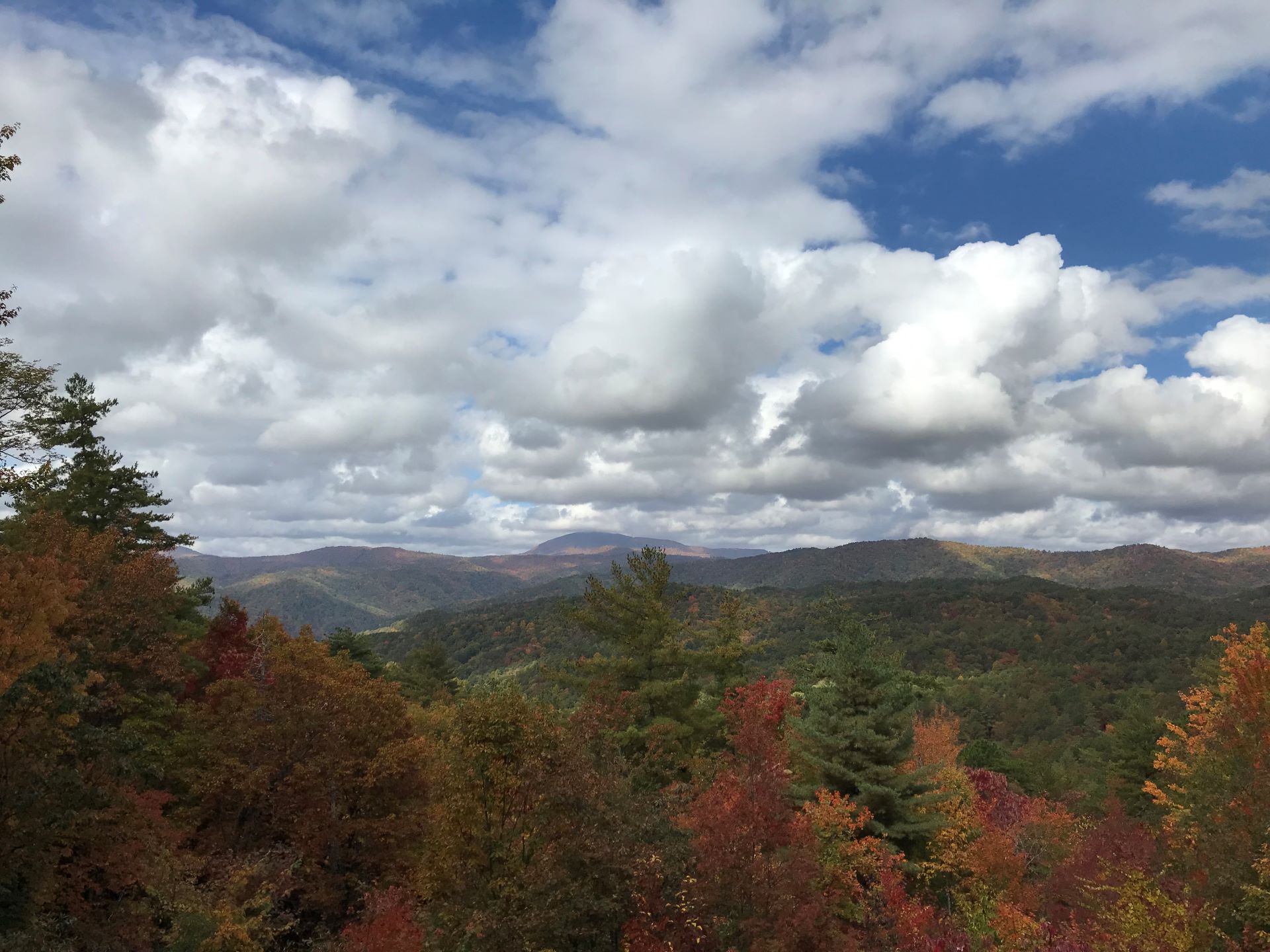Join my publication on Substack
Mystified, I sat on my porch step last week and googled remove bug poop from vinyl siding.
It had to be bug poop, I assumed. What else could it be?
Aha! Spores from artillery fungus. Also aptly called sphere thrower.
Foiled by the hard black dots
After heavily mulching the garden beds closest to the house last year I noticed what I assumed were dozens of teensy-tiny mushrooms sprouting immediately after a rain, with their 1/4 inch cups open to the sky.
I thought they were interesting and kinda cute but didn’t think more about them other than they now appeared after every rain. Turns out this wood-decaying fungus is responsible for the hard black dots all over my siding and windows that the pressure washer didn’t budge.
Artillery fungus throws its fruiting bodies up to 6 feet vertically and 20 feet horizontally! It aims toward a bright, reflective surface.
One change made the difference
Which explains why in my years of using hardwood mulch on my gardens — including several seasons as a professional gardener — I’ve never encountered this fungus phenomenon. None of the gardens were near bright surfaces such as the white vinyl siding on my home. (Why anyone would install white vinyl siding on a house in the middle of a forest is another story.)
Despite my ignorance, the gardening and horticulture world is well aware of the problems of this tiny sphere thrower.
Chemicals don’t kill the fungus, which grows on hardwood mulch (not pine or cedar) or the bark of trees. The dried black spore dots, called peridioles, are extremely difficult to remove without damaging the surface. Apparently some have had success with hydrogen peroxide, mouthwash, automotive bug-and-tar remover and plastic scrappers. It took a razor blade to clean them from the windows.
Amazing resilience in miniature
While all that adds up to a time-intensive, tedious cleaning problem for humans, I wonder what we could learn from studying this amazing little fungus?
- The adhesion strength of the spores is extraordinary.
- The fungus can’t be killed by chemicals — it has to be suffocated.
- Tiny and insignificant on the forest floor, it shoots the spores up to 20 feet, apparently with an audible sound.
I can add artillery fungus to yet another of the wonders of the interconnected natural world hidden in plain sight around me.
Meta on the forest floor
As annoyed as I am with the extra time it’s going to take to clean off the black dots, I’m also in awe at how seemingly unconnected choices connect over time: The mulch I choose two years ago is hosting a tiny fungus that is attracted to the white vinyl siding the original owner installed over 50 years ago. (They were from Florida, where white vinyl makes sense.)
To get even more meta, it’s mind-boggling to realize that the same natural processes that created this robust fungus are the same natural processes that created humans, who have thousands of chemical reactions and neurons firing every second. Yowza.
Next step, bug-and-tar remover. And a different mulch next year.
Now, go wander outside!

P.S. Know you should stop but don’t know how? Sign up for my free email course Phone-Jacked: 7 Days to Retake Control of Your Phone
3 Resources for You
Links to Amazon books are affiliate links.
The Artillery Fungus All the scientific deets.
Entangled Life: How Fungi Make Our Worlds, Change Our Minds & Shape Our Futures by Merlin Sheldrake | A New York Times bestseller. On my list.
Fantastic Fungi: A Film Connect with Nature’s intelligence.
2 Questions for You
Reflections, questions and ideas to break the digital spell.
1st Q: How many different kinds of mushrooms do you eat?
2nd Q: Do you use mushrooms to heal?
Hit reply and let me know what you discovered this week. I’ll use some of your feedback in next week’s newsletter (first name only.)
1 Action for You
One small step to start the change.
If you’re not outside regularly, get your 17 minutes a day outside twice this week. How’d it feel?
Hit reply, let me know how it goes and I’ll include feedback in next week’s newsletter.
Nature View
“A walk in nature walks the soul back home.” – Mary Davis
